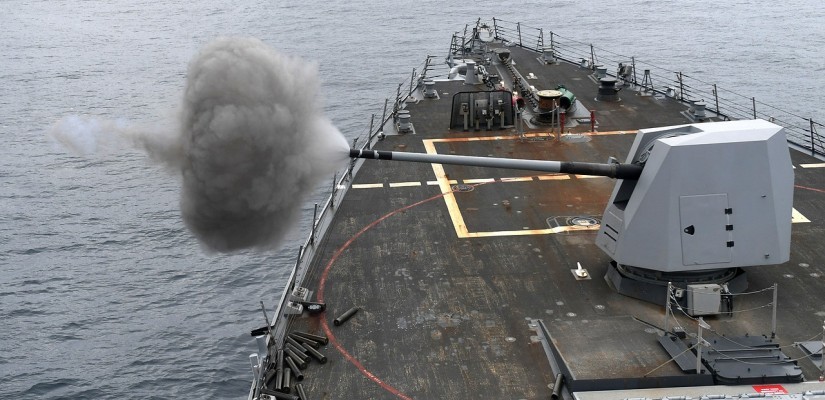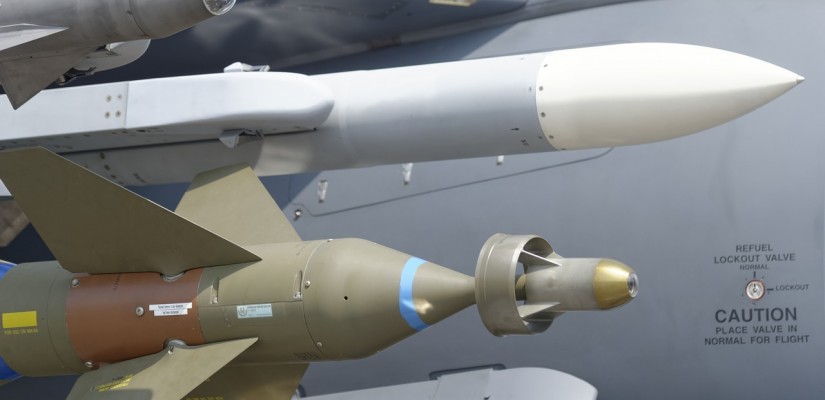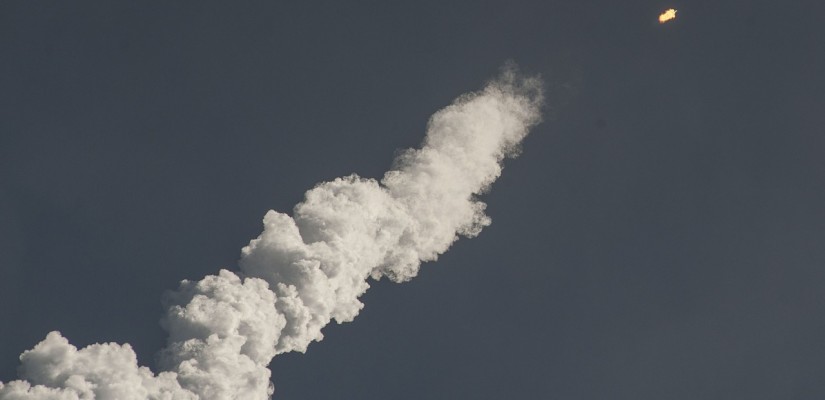This year has witnessed two of the largest military exercises since the Cold War era. NATO's Trident Juncture 18 (TJ18) exercise and Russia's Vostok 2018 (V2018) exercise took place only weeks apart. While these military exercises do not suggest that a future war with Russia is imminent, they should serve as a warning of heightened geopolitical tensions. According to NATO member Norway, which hosted the exercise, collective defense has become a more prominent feature of NATO due to changes in the global security situation beginning in 2014.
TJ18 is NATO’s largest military exercise since the end of the Cold War. These wargames, scheduled to occur between October 25th and November 7th of 2018, are taking place in and around Norway. This massive military exercise involves operations from the Baltic Sea to the Arctic Circle. Included in the exercise are 50,000 soldiers, 10,000 military vehicles, 250 aircraft, 65 ships, and 1 aircraft carrier. Although the United States provides the majority of this arsenal, TJ18 incorporates NATO’s 29 member states as well as Sweden and Finland for a total of 31 participating nations. In command of this operation is US Admiral James G. Foggo III. The exercise is the culmination of years of planning after Norway offered to host this exercise four years ago.

NATO members may shy away from admitting that TJ18 is about Russia. Yet, the purpose behind the exercise is clear. The 31 participating nations are sending a calculated message to Moscow. Trident Juncture 18 is an exercise in collective security that demonstrates NATO’s ability to enforce Article 5 of the North Atlantic Treaty, which requires the mutual defense of its member states. NATO’s uneasy attitude toward Russia is not unwarranted. Russia’s 2014 annexation of Crimea, military support of Bashar al-Assad in Syria, increased naval activity around Scandinavia, interference with country elections, threats of nuclear arms proliferation, and large military exercises of their own, all account for heightened geopolitical tensions. Jens Stoltenberg, the Secretary General of NATO and former Prime Minister of Norway, said that TJ18 sends a “clear message to our nations and to any potential adversary.” Congruently, the Trump Administration’s national security strategy describes Russia as a “revisionist power” that is fundamentally at odds with USA values and interests. Russia was even invited to observe Trident Juncture, but refused the invitation believing it to be an anti-Russian exercise.

The inclusion of Sweden and Finland in TJ18 is noteworthy given that these nations are not part of NATO. Moreover, this abnormal participation in such an exercise indicates the severity of the security situation in these countries with respect to Russian encroachment. Sweden and Finland have shown concern over increased Russian air and naval activity around their controlled waters. Furthermore, Norway’s decision to host the exercise is also rather exceptional, given their generally peaceful relationship with Russia and coexistence on the island of Svalbard. In a move to counteract Russian activity and reassure its Scandinavian allies, the USA is positioned to re-establish its second fleet to monitor the North Atlantic.
More than just a chance to display NATO’s military capabilities, TJ18 also served as a chance for the United States to demonstrate its commitment to defending NATO, despite President Trump’s rhetoric and cozy relationship with President Putin. President Trump’s performance during his meeting with President Putin in Helsinki left NATO members anxious about USA enforcement of Article 5. Furthermore, intra-NATO relations were strained by President Trump’s demand for all member states to increase annual defense spending by 2024. TJ18 allows the USA to demonstrate that their military capabilities are matched by their political credibility.
Preceding TJ18 was Russia’s military exercise, V2018. Taking place in eastern Siberia from September 11th to September 17th of 2018, this immense exercise also incorporated forces from China and Mongolia. With an estimated 300,000 troops, 1,000 aircraft, 36,000 military vehicles that included 900 tanks, this military exercise was the largest of its kind since the Soviet era. By comparison, V2018 is considerably larger than NATO’s TJ18. Participating on behalf of China were 3,200 troops, 900 combat vehicles, and 30 aircraft. Russia President Vladimir Putin promised an improved Russian military with the latest generation of weapons and invited China President Xi Jinping, Japan Prime Minister Shinzo Abe, and South Korea President Moon Jae-in to witness such claims at V2018. The Russian-led exercise took place almost exactly one year after Zapad 2017, another military exercise of Russia and Belarus.

Like TJ18, V2018 is part of a greater Russian strategy. This exercise was meant to show the USA and its NATO allies that Russia is forming an alliance with other geopolitical rivals in response to NATO’s increasing military capabilities. However, some experts believe that Russia partially invited China and Mongolia in order to not appear as a threat when conducting military exercises so close the their boarders. Speaking about V2018, President Putin described Russia as a peaceful country and ready for cooperation with any state interested in partnership, but must be ready to defend itself and its allies. This implies that Russia is ready to respond to any potential action taken by NATO. Additionally, V2018 was showcasing a display of Russia’s modern military technology and surely served as a promotion for Russia’s global arms trade.
Even with the massive military exercises of TJ18 and V2018 taking place within weeks of each other, violent conflict between the parties is highly unlikely even though tensions remain high. Both Russia and NATO promote themselves as defensive forces. However, these war games are not to be overlooked or disregarded. Russia’s annexation of Crimea in 2014 shows that President Putin is not afraid of military conflict in Europe and is certainly not of timid character. For now, Russia will continue to focus on hybrid warfare inclusive of cyber attacks and political interference to combat its enemies.
